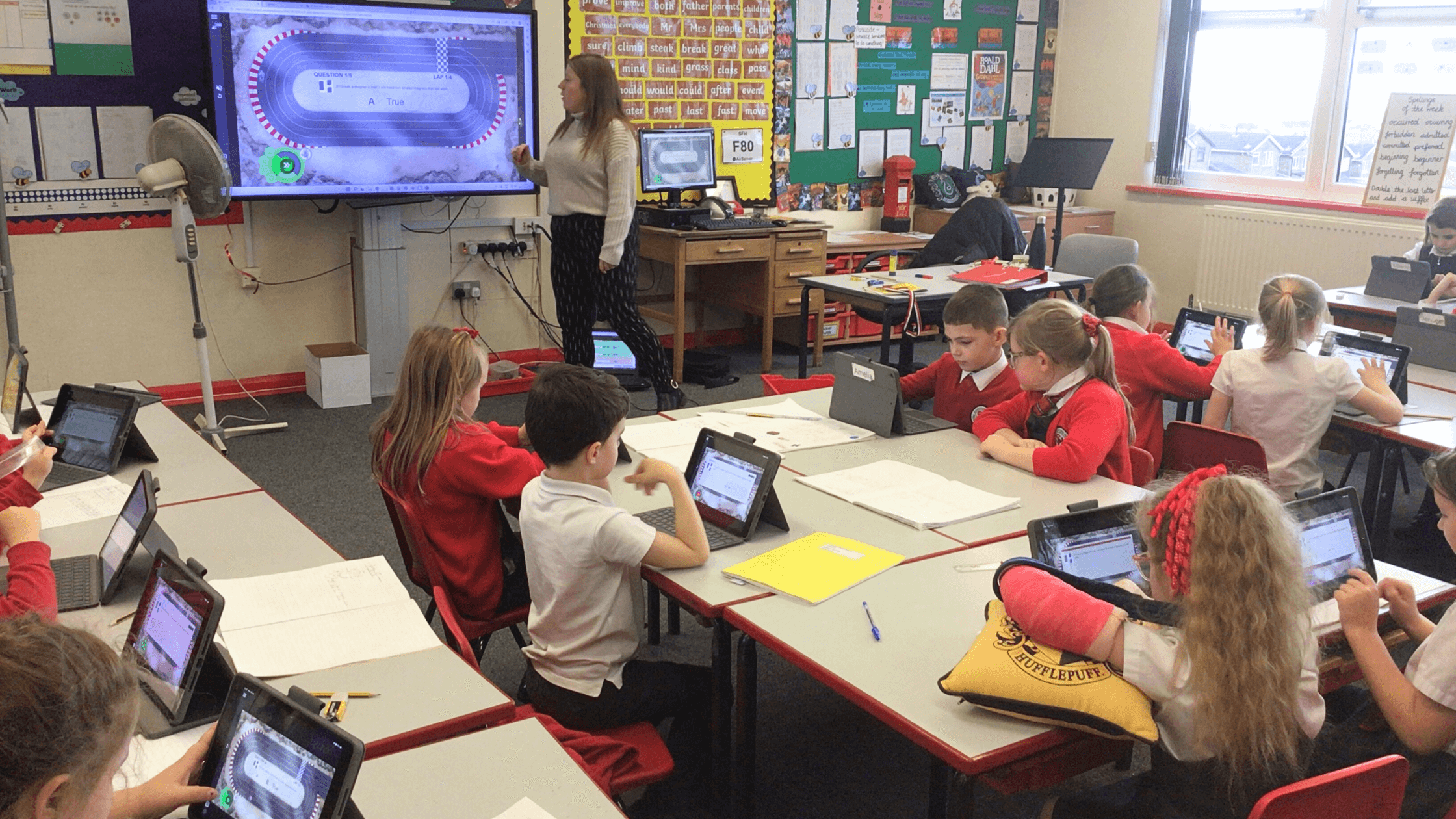Tara is an experienced Primary Deputy Head and curriculum consultant. In this guest blog, Tara considers techniques for promoting quality talk in primary mathematics lessons.
Oracy, or the ability to speak and express oneself effectively, is hugely important when teaching maths because it encourages students to expose their thoughts and (mis)understanding of mathematical concepts.
I’ve always been an oracy teacher, long-before it was given the spotlight it so rightly deserves. With a background in drama, perhaps I subconsciously thought about how best to make lessons active and engaging.
I would catch my students saying ‘we get to talk more in Mrs. Jones’ lessons’ - a reputation I soon had to justify! But it would only take a quick look at my books and planning to see the careful thought behind the ‘talking’ and crucially it’s impact on progress.
High quality (planned) talk helps children to better problem-solve and think critically about maths problems. Being able to explain their reasoning and their solution processes helps students to identify and correct any misconceptions they may have. Oracy can also create a more interactive and engaging classroom environment, which can lead to greater student engagement and motivation. The Education Endowment Foundation (EEF) has done some valuable work to expose the benefits of high quality talk, referenced here.
Understanding the EEF’s T.O.L.D. model in maths had an instant positive impact on teaching and learning across multiple settings.
T - Take Part
O - Opportunities
L - Links
D - Debate
I’ve developed some lessons in Lumio below to help explore this, but let’s look more closely at how to promote quality conversations in any maths lesson:
- Begin class with a warm-up question or problem that students can discuss with a partner or in small groups. However, you must scaffold the talk using open questions such as, ‘What’s the same, what’s different?’ ‘What do you know already?’
- Encourage students to explain their thinking and reasoning. This can be done through verbal or written explanations, or by having students present their solutions to the class. Try adding a ‘Shout It Out’ activity in Lumio.
- Use games or interactive activities that require students to work together and communicate effectively. These activities can help to create a more engaging and interactive classroom environment and can also help to develop teamwork and communication skills. Maths can be noisy and collaborative (remember, you’ve prepared and planned the talk time and so it is structured - don’t be nervous about a louder than usual maths class!).
- Provide opportunities for students to reflect on their learning by asking them to think about what they have learned and how they can apply it in the future.
- Use real-life examples to make maths more relatable to students. When students can see how maths is applied in the real world, it can help them to understand the relevance and importance of the concepts they are learning.
I’ve used Lumio to create 3 completely free lessons including activities that you can use as they are or adapt for your classroom to promote high quality talk:
Idea #1: A talking maths problem
You’ll love hearing the variety of answers the kids come up with. This lesson can transform your classroom into a hive of activity - a real buzz of quality conversations and that all important mathematical debate (often including how many legs a gorilla has!).
Tip: Develop the mathematical debate by encouraging and celebrating uncertainty ‘that’s an interesting question’ ‘can anyone think of another possibility’.
More on this here - Oracy 21: https://voice21.org/oracy-in-maths/
Idea #2: Digital manipulatives
Here’s another example lesson, encouraging students to think about and ‘link’ to real life experiences in this simple ‘five coins’ activity.
Lumio allows us to repeat the coins over and over using the clever infinite cloner tool which puts the coins at kids’ fingertips on each individual student device, saving teachers precious prep time.
Idea #3: Counting and Tiling
In this final lesson example, your students can become tilers. This is an opportunity to discuss mathematical reasoning through planning, process and method, and something that they can see real life examples of in lots of different places!


